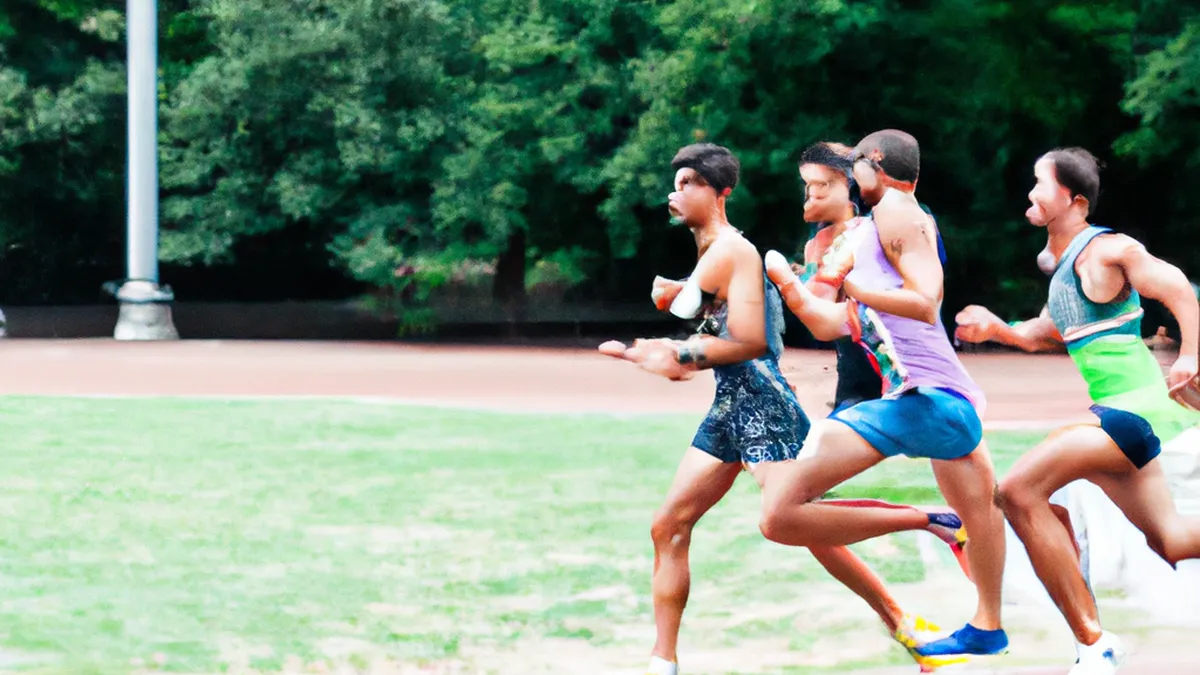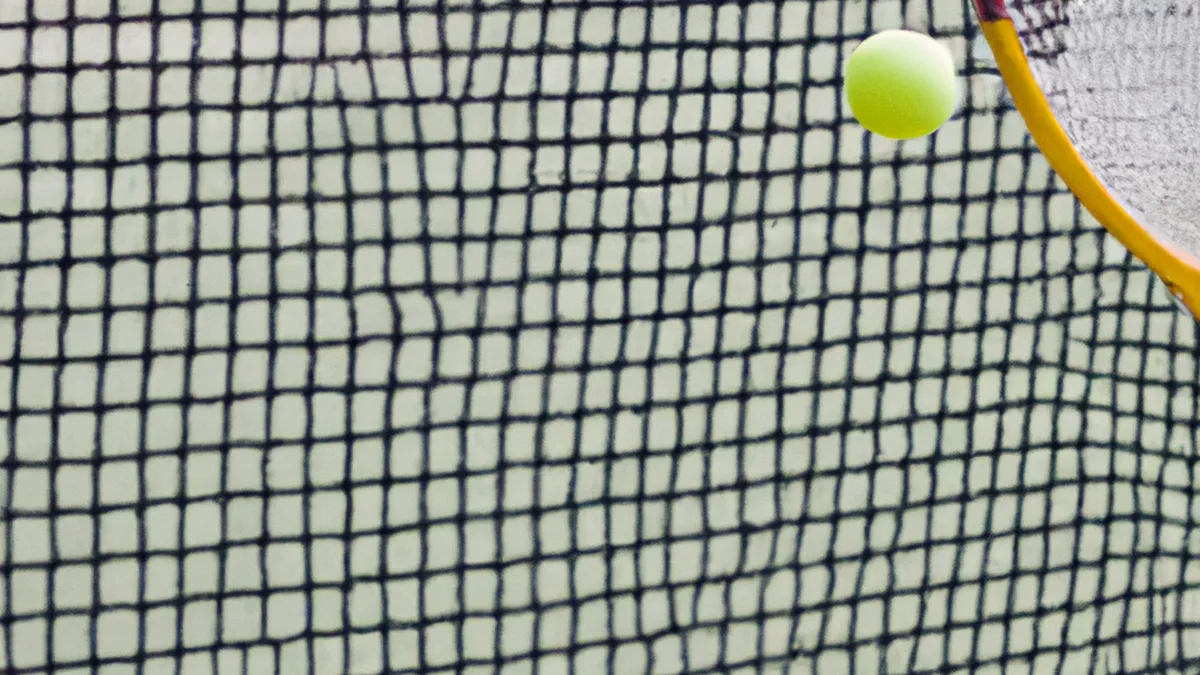Regain Speed with Age-Appropriate Strategies
Adapting Sports Techniques for Older AthletesAging changes our bodies and affects athletic performance. However, we should not stop playing our favorite sports. Many older athletes enjoy and excel in their activities. By adapting techniques, older athletes can maintain performance, enhance safety, and reduce injury risk. This blog post offers practical tips for older athletes to stay active in their sports.
Understanding the Changes
Aging causes physical and physiological changes. Muscle mass declines, leading to reduced strength and power. This decline, called sarcopenia, slows reaction times and decreases endurance. Joint stiffness and loss of flexibility can limit mobility and increase injury risk. Older athletes may also experience changes in balance and coordination, making some sports more challenging.Recognizing and understanding these changes is crucial. Rather than seeing aging as a barrier, view it as an opportunity to adapt. Acknowledge these factors to develop strategies that promote safety and longevity in athletics.
Listen to Your Body
Listening to your body is vital for older athletes. Pain or discomfort signals that something needs to change. If you feel pain during an activity, stop and assess the situation. Ignoring pain can lead to serious injuries that sideline you.Consult a healthcare professional or physical therapist for valuable insights. They can explain your body’s mechanics and provide tailored advice. Regular check-ups and fitness assessments help identify areas needing technique adaptations.
Modify Techniques
Modifying techniques enhances performance while ensuring safety. For example, in tennis, focus on improving your footwork. Instead of explosive movements, practice shorter, deliberate steps to maintain balance. This adjustment reduces strain on your knees and ankles, allowing longer play with less discomfort.In running, switch to softer surfaces like tracks or grass instead of concrete. Softer surfaces lessen the impact on your joints, making running gentler. Older runners often benefit from interval training—short bursts of intensity followed by rest—to improve cardiovascular fitness without overloading their systems.
Embrace Cross-Training
Cross-training builds strength and flexibility while reducing overuse injuries. Engaging in different activities maintains overall fitness and targets various muscle groups. If you run, consider adding swimming, cycling, or yoga to your routine.Swimming provides excellent low-impact exercise.
Conclusion
As an Amazon Associate I earn from qualifying purchases.
Gear tip: consider standing desk balance board, desk cycle, and sport sunscreen to support this topic.
Older athletes can adapt techniques to maintain performance and safety. Embrace changes and stay active in your favorite sports.
Below are related products based on this post:
FAQ
What changes occur in the bodies of older athletes?
Aging causes several physical and physiological changes, including a decline in muscle mass, strength, and power. This decline, known as sarcopenia, can slow reaction times and decrease endurance. Additionally, joint stiffness and loss of flexibility may limit mobility and increase the risk of injuries.
How can older athletes ensure their safety while participating in sports?
Older athletes should listen to their bodies and pay attention to any pain or discomfort during activities. Consulting with healthcare professionals or physical therapists can provide valuable insights into body mechanics and necessary technique adaptations. Regular check-ups and fitness assessments are also essential for identifying areas that may need modification.
What are some effective techniques for older athletes to modify their sports activities?
Modifying techniques can enhance performance and safety for older athletes. For instance, in tennis, older players can focus on improving footwork by using shorter, deliberate steps instead of explosive movements. In running, switching to softer surfaces like tracks or grass can reduce the impact on joints, while interval training helps improve cardiovascular fitness without overloading the body.















Post Comment